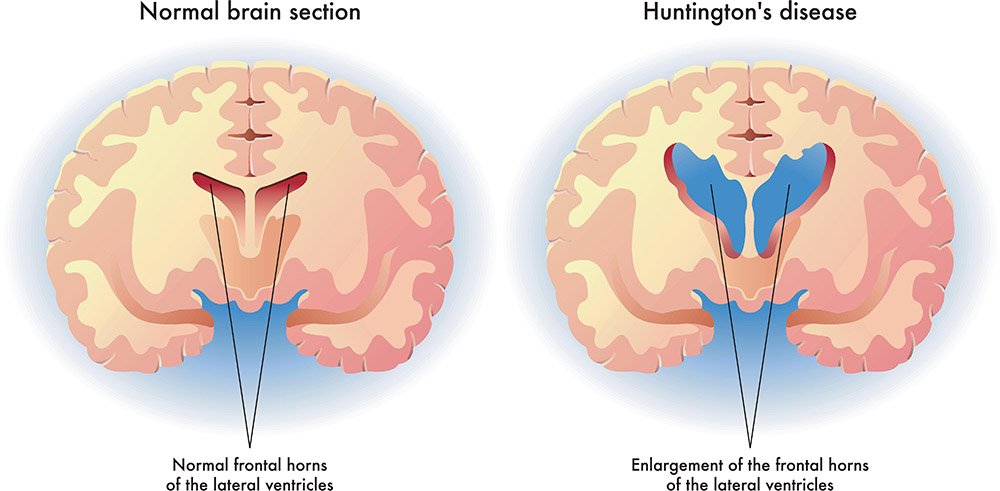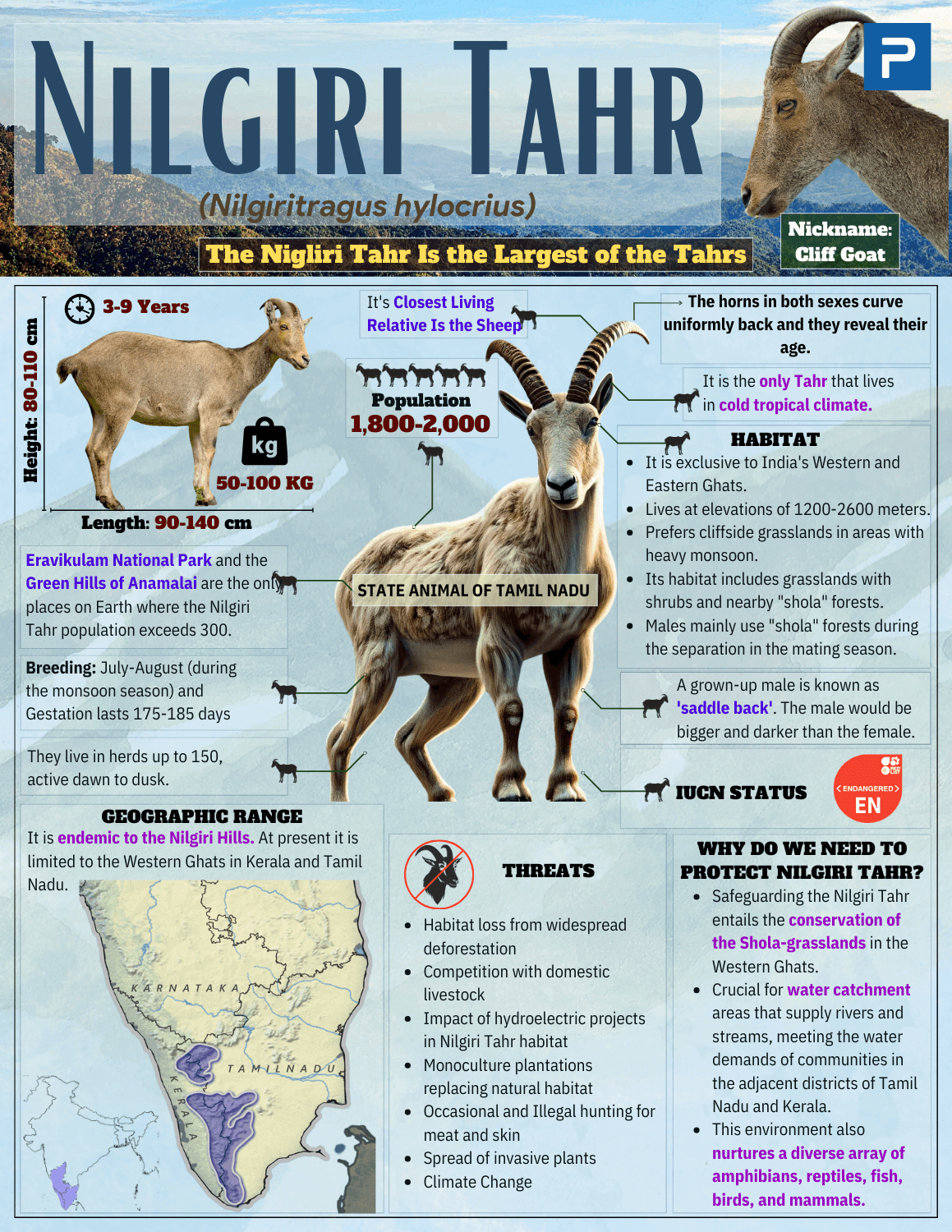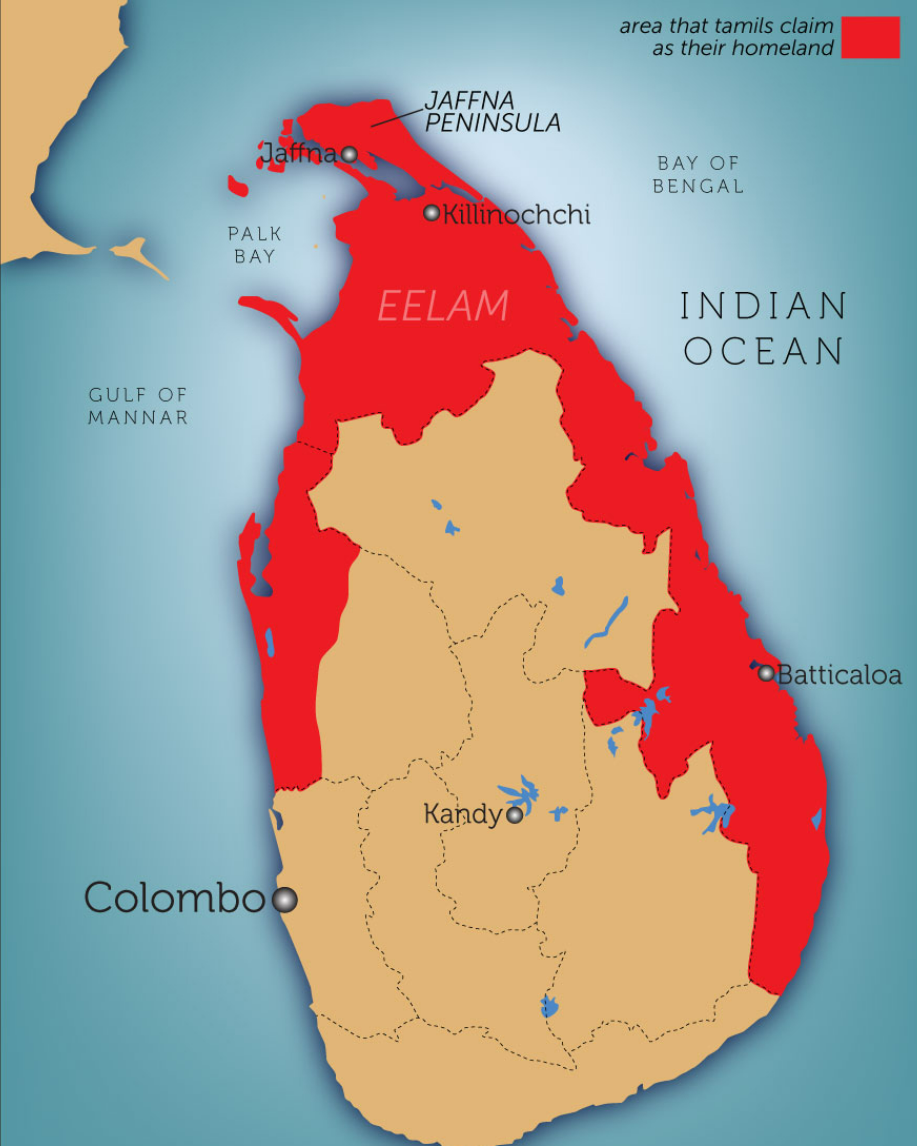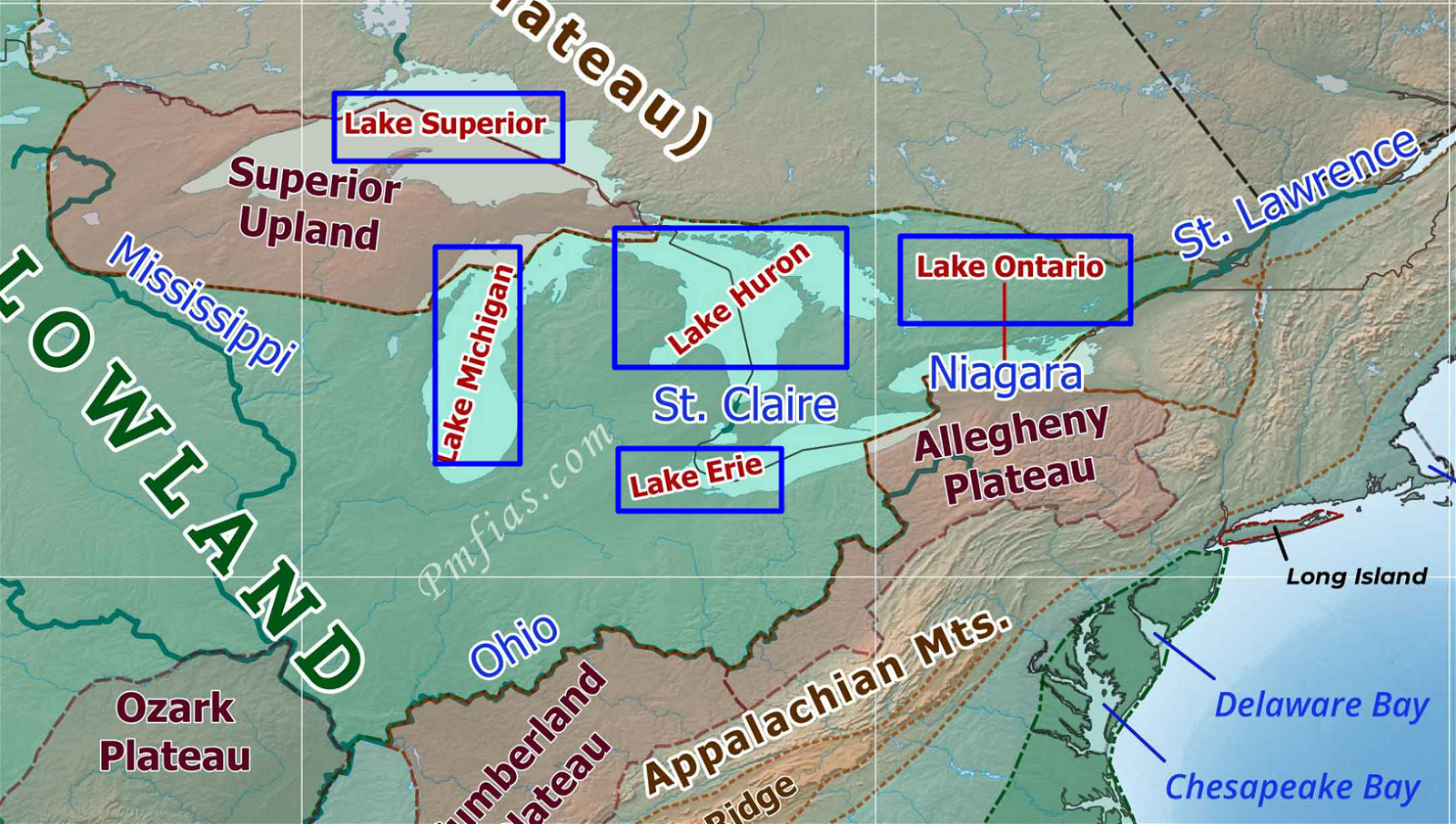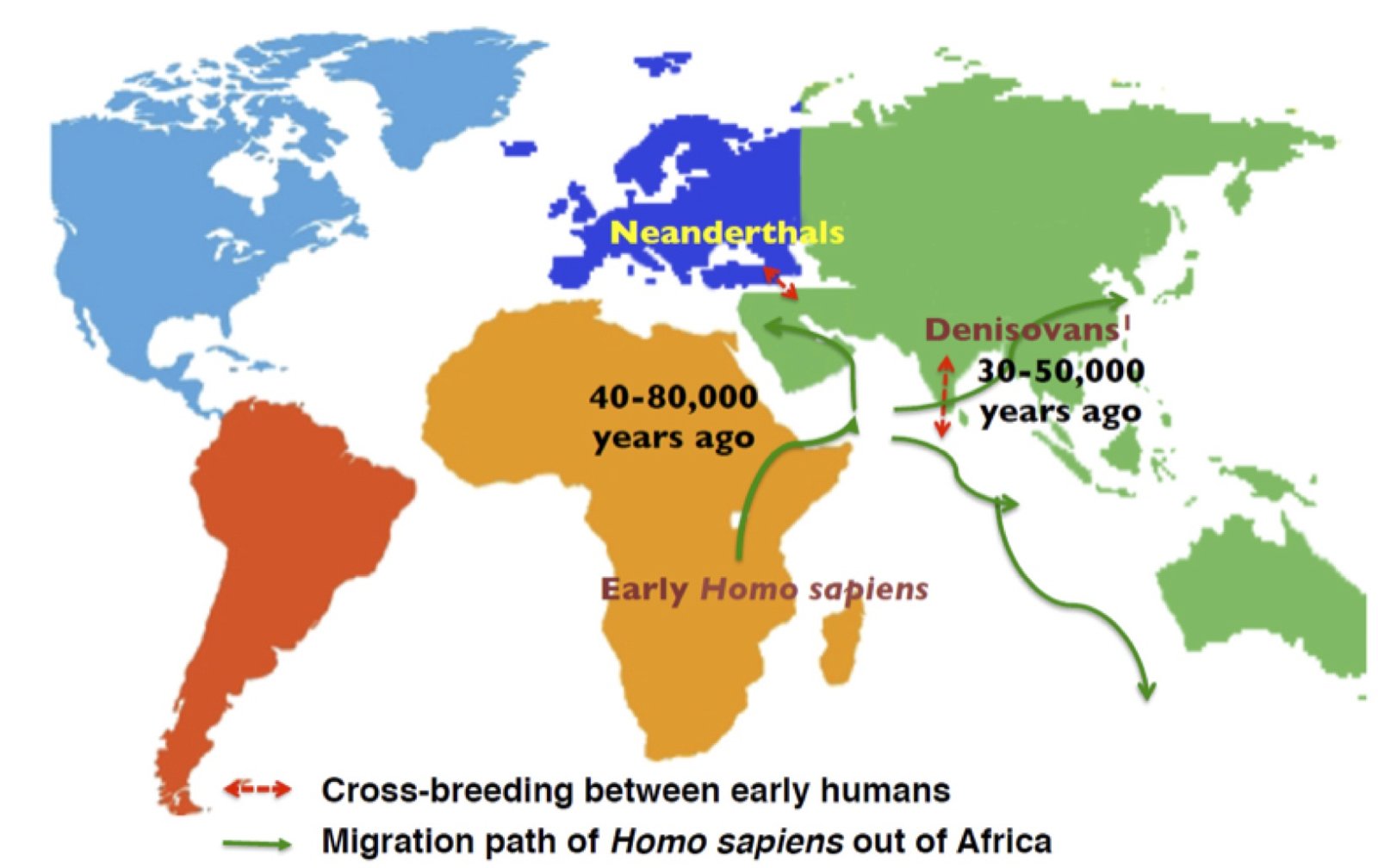
Vadnagar
Subscribe to Never Miss an Important Update! Assured Discounts on New Products!
Must Join PMF IAS Telegram Channel & PMF IAS History Telegram Channel
- Context (TH): An excavation led by the Archaeological Survey of India (ASI) found evidence of a cultural continuity in Vadnagar (Gujarat).
- Recent unpublished radiocarbon dates indicate its potential age around 1400 BCE. This timeframe aligns with the late phase of the post-urban Harappan period.
- Evidence from the archaeological excavation makes it as the oldest living city within a single fortification uncovered in India.
- The findings also suggest that the existence of the “Dark Age” is probably a myth.
Findings from new archaeological excavation at Vadnagar
- Multireligious: Vadnagar housed a diverse population practicing Buddhism, Hinduism, Jainism, Islam.
- Multicultural: Archaeological excavations revealed seven cultural stages– Mauryan, Indo-Greek, Indo-Scythian, Hindu-Solankis, Sultanate-Mughal, and Gaekwad-British colonial rule.
- Evidence of cultural continuity: Evidence points to a settlement dating back to 800 BCE, contemporary with late-Vedic or pre-Buddhist Mahajanapadas.
- Archaeological Discoveries: Excavated artifacts include pottery, copper, gold, silver, iron objects, and intricately designed bangles.
- Indo-Greek Influence includes coin moulds from the Indo-Greek rule, featuring the Greek king Appollodatus.
- Climate Influences such as rainfall or droughts, influenced the rise and fall of kingdoms and recurrent invasions by Central Asian warriors over 3,000 years.





![PMF IAS Environment for UPSC 2022-23 [paperback] PMF IAS [Nov 30, 2021]…](https://pmfias.b-cdn.net/wp-content/uploads/2024/04/pmfiasenvironmentforupsc2022-23paperbackpmfiasnov302021.jpg)

